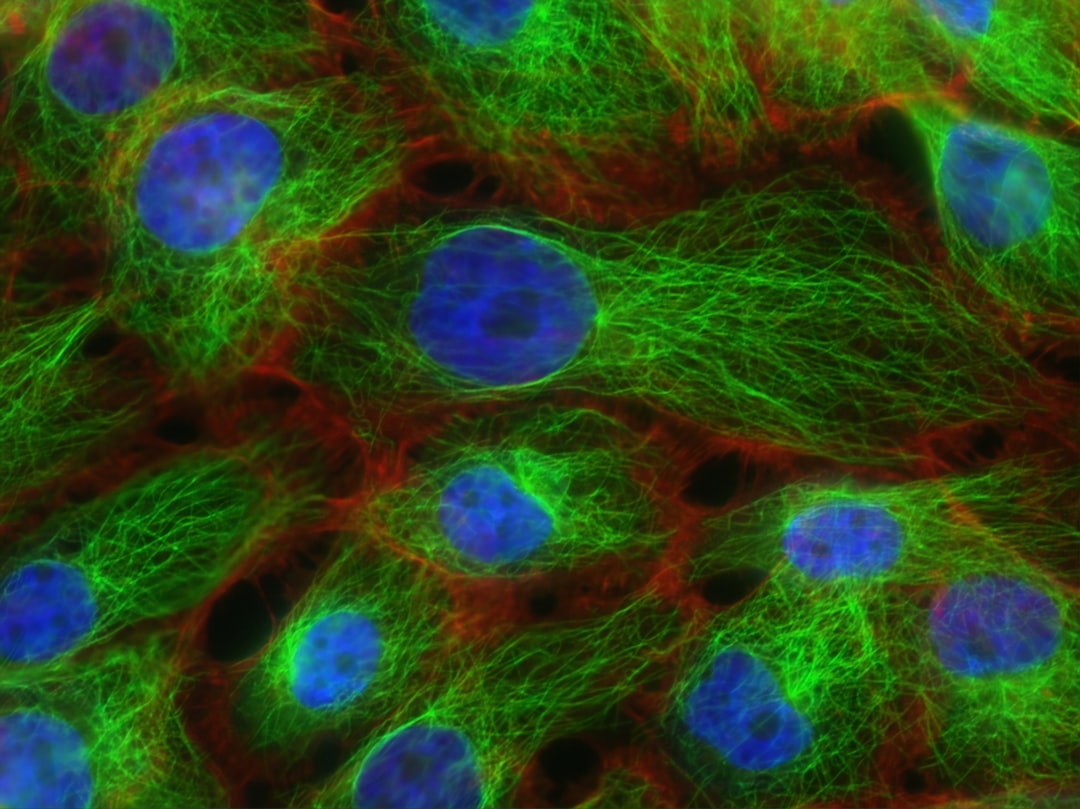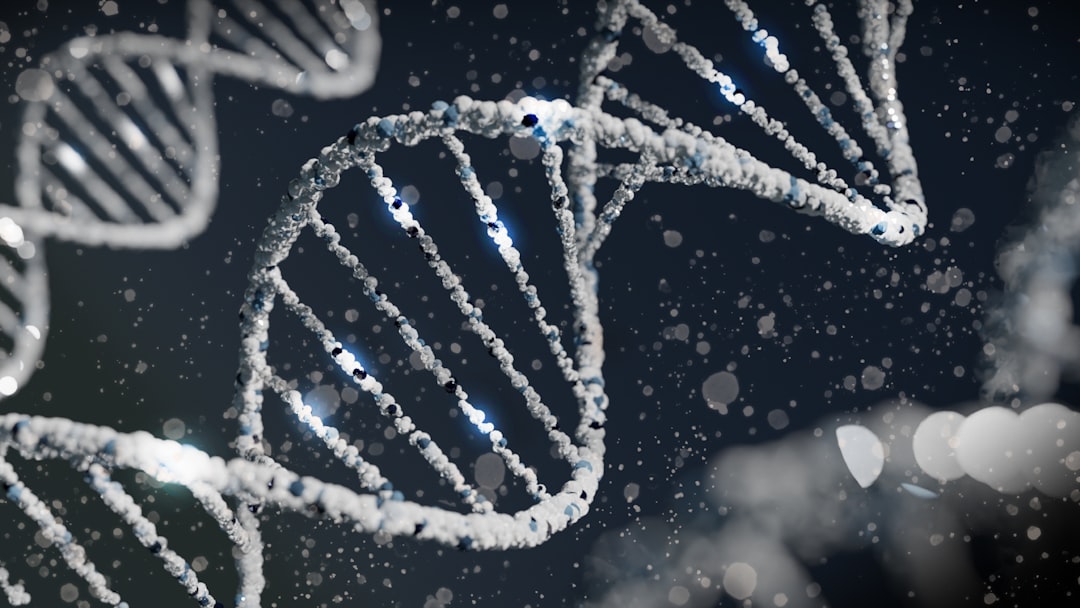What is it about?
There are several contradictions during the development of the fetus that cannot be explained if we consider glucose as the energy source of the eukaryotic cell. For example, glucose is carried through the bloodstream, but the fetal heart only starts beating around the fifth or sixth week. So where do developing tissues get energy from? Supposedly, a developing embryo or fetus requires large amounts of energy, therefore glucose levels would have to be high as well as oxygen levels since presumably our body combines glucose with oxygen to obtain energy, but oxygen levels in the blood vessels that go from the placenta to the fetus, have an oxygen saturation of about 40%. Low levels of oxygen in the fetal blood are accompanied by different pathologies. Why are the levels of amniotic fluid, which is 98% water so consistent? When the fetus goes wrong, the levels of amniotic fluid are decreased (oligohydramnios), or are increased (polyhydramnios).
Featured Image

Photo by Patricia Prudente on Unsplash
Why is it important?
In this article, we explain the significance of our discovery about the unsuspected ability of the human body to dissociate the molecule from water, such as plants, and its importance in the context of fetal formation.
Perspectives
The hitherto unknown ability of the eukaryotic cell to transform light energy into chemical energy, like plants, through the dissociation of water, opens a new era in biology, and therefore, in medicine, and embryology is no exception.
Arturo Solis Herrera
Human Photosynthesis (TM) Research Centre
Read the Original
This page is a summary of: The Long-Term Effect of Medically Enhancing Melanin Intrinsic Bioenergetics Capacity in Prematurity, Current Genomics, October 2020, Bentham Science Publishers,
DOI: 10.2174/1389202921999200417172817.
You can read the full text:
Contributors
The following have contributed to this page










